What is a catalogue photoshoot ?
A catalogue photoshoot involves capturing high-quality images of your products to present them in the best possible light. These photographs are typically used in printed catalogs, digital lookbooks, e-commerce websites, and marketing campaigns.
Catalogue Photoshoot Defined: Meaning and Core Objective
The primary goal is to highlight the product’s features, texture, usability, and design in a clean and consistent format that aligns with your brand’s identity. Professionally shot catalogue images not only attract attention but also build trust with potential customers and significantly enhance the overall brand perception.
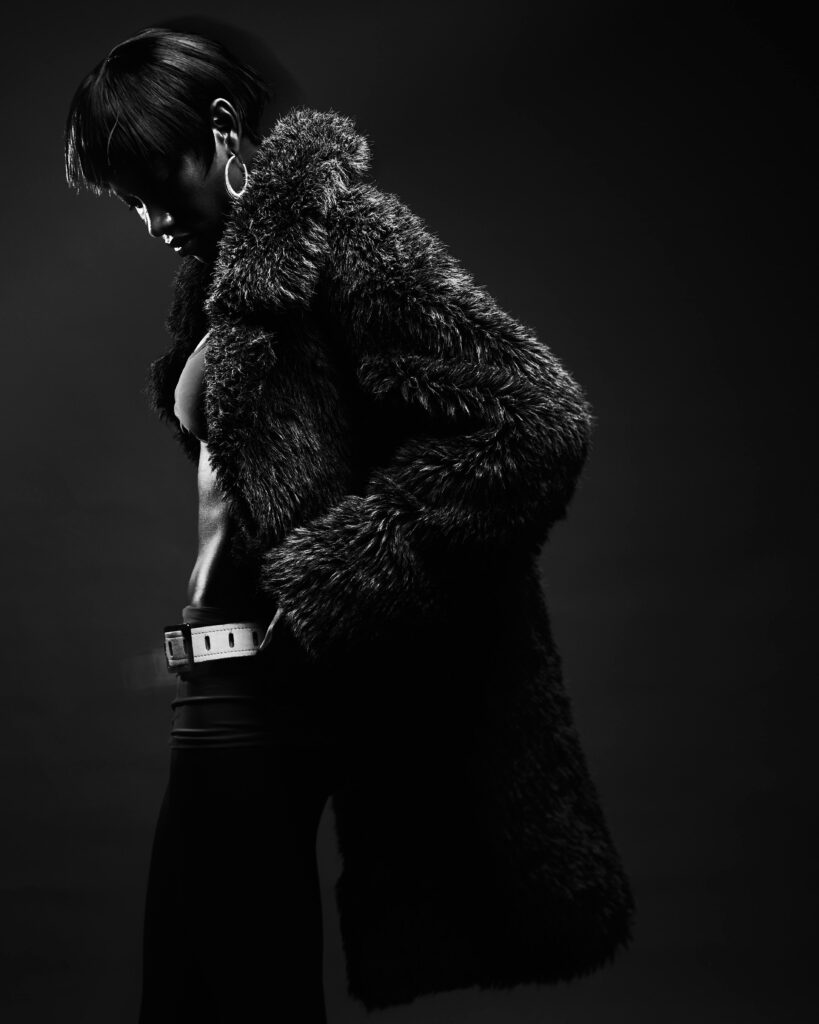
What Makes a Catalogue Photoshoot Unique?
In a catalogue photoshoot, every element—no matter how small—is carefully considered to ensure the final output is polished and visually compelling. From selecting the right model and makeup artist to managing the lighting, styling, and set design, attention is paid to every detail from start to finish.
Whether the shoot takes place indoors in a studio or outdoors in a natural setting, the planning and execution remain equally meticulous. The same level of detail applies whether it’s a model-based shoot or a product-only shoot.
Each aspect, from wardrobe coordination to background selection and product positioning, is aligned with the brand’s aesthetic to deliver a clean, consistent, and impactful visual presentation.
A catalogue photoshoot is not just about taking pictures; it’s about creating a visual story that enhances the product’s appeal and builds brand credibility.
Types of Catalogue Photoshoot
In today’s competitive market, almost every type of product, from apparel and cosmetics to electronics and home décor, can benefit from a catalogue photoshoot. However, it is not necessary that every catalogue photoshoot must include a model.
In many cases, a well-executed product-only shoot can deliver even better results, especially when paired with creative lighting techniques and thoughtful composition.
The success of such a shoot depends heavily on hiring a skilled and experienced photographer—someone who has a strong understanding of lighting, angles, and visual storytelling. With the right lighting setup, even a simple product can look premium and compelling.
In fact, when done correctly, product-only catalogue photography can often outperform model-based shoots in terms of clarity, focus, and customer engagement. It allows the product to take center stage, ensuring that potential buyers see it in the best possible light—both literally and figuratively.
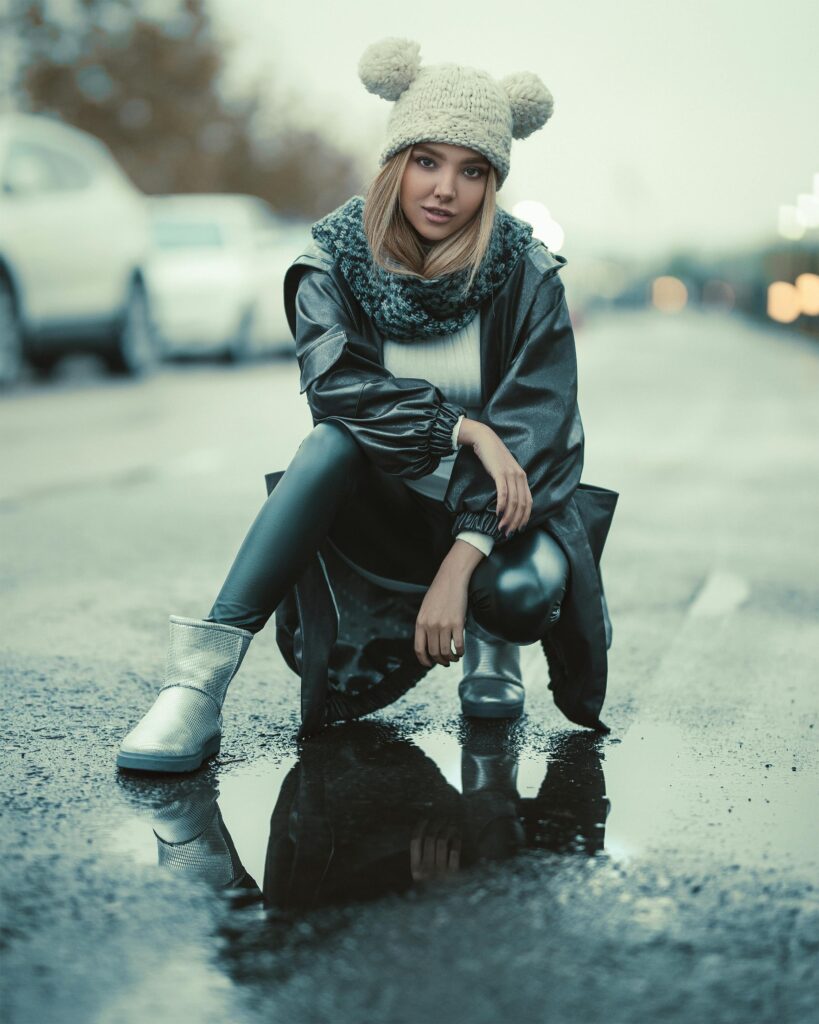
Fashion Catalogue Photoshoot
In the fashion industry, catalogue shoots are most commonly done with models, as this approach allows the clothing to be showcased in a more dynamic and realistic way. A model helps bring out the full look and fit of the garment, giving potential buyers a clear understanding of how the clothing appears when worn.
When a model is incorporated into a catalogue photoshoot, their poses, expressions, and overall presence, combined with the work of a skilled stylist, elevate the presentation of the outfit to a professional level. This not only enhances the visual appeal of the product but also adds personality and context, making the clothing more relatable and aspirational.
Presenting your products through well-executed model photography automatically enhances your brand value in the eyes of the client. Even a simple or minimal garment can appear premium and high-end when styled and modeled correctly. In essence, a model doesn’t just wear the product—they help tell a story that positions your brand as polished, trustworthy, and style-conscious.
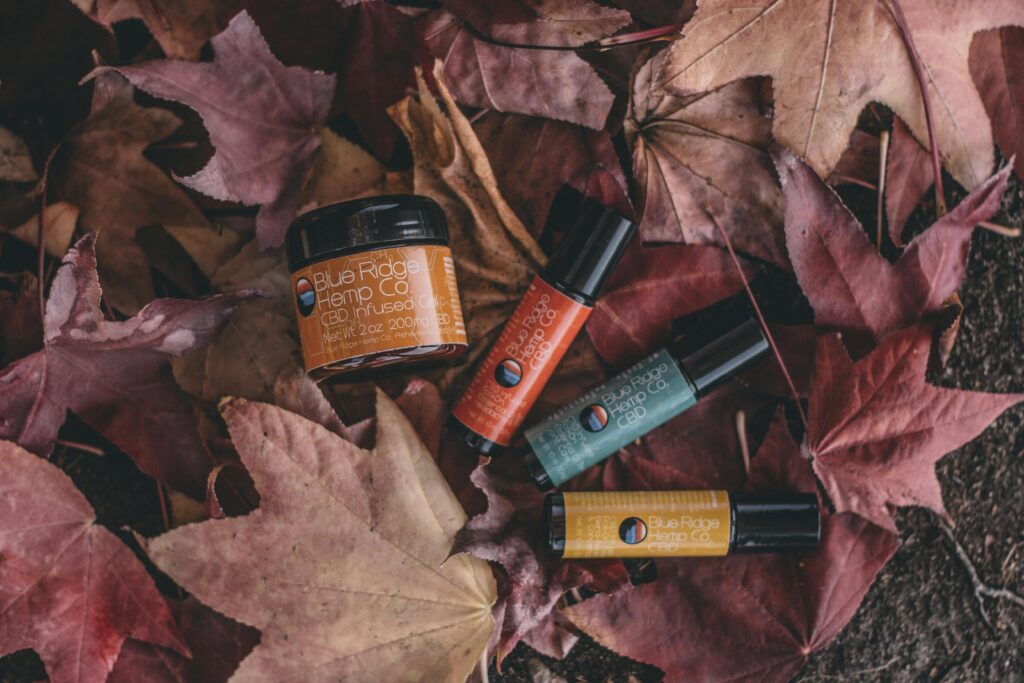
Product Catalogue Photoshoot
When a product undergoes a catalogue photoshoot, it is most often photographed against a plain or solid background. In such shoots, the use of models is minimal or entirely avoided, especially when the primary goal is to clearly showcase the product itself. Whether it’s a gadget, a piece of furniture, or any other type of product, the focus remains on capturing its features, design, and usability with precision.
However, even though the setup might appear simple, executing a high-quality product catalogue shoot requires the expertise of a well-trained and knowledgeable photographer—particularly one who understands product lighting techniques in depth.
Lights play a major role in product photography. It enhances textures, defines shapes, removes unwanted shadows, and brings out the true colors of the item. Without proper knowledge of lighting, even an experienced photographer may struggle to deliver professional, market-ready images. That’s why not every photographer can excel at catalogue photoshoot—it demands a strong understanding of technical lighting, composition, and visual balance to ensure that each product is presented at its best.
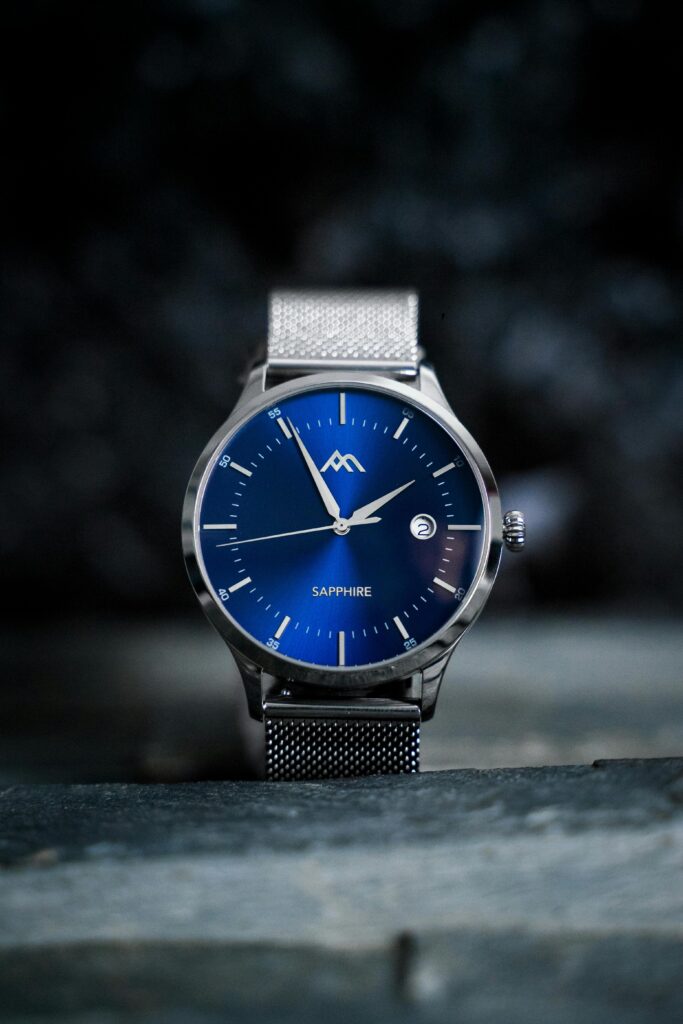
Jewelry & Accessories Catalogue Photoshoot
A jewelry and accessories catalogue photoshoot is a highly detailed and artistic process. These products—being small, shiny, and reflective—require a completely different approach compared to general product photography. Every tiny detail must be captured and highlighted, whether it’s the design, the shine, or the texture of the material.
Mastering Lighting for a Flawless Catalogue Photoshoot
Lighting plays the most crucial role in jewelry catalogue photoshoot. Materials like gold, silver, diamonds, and gemstones are highly reflective, which can easily result in unwanted glare or reflections if not handled properly.
To avoid this, professional photographers use diffused lighting, softboxes, and light tents to ensure that the light falls evenly across the product. This helps maintain the natural shine and clarity of the jewelry. In some cases, backlighting or side lighting is also used to add a premium and three-dimensional effect to the final image.
Why Focus and Detailing Are Non-Negotiable in a Catalogue Photoshoot
Capturing intricate details like stone cuts, textures, and engravings with absolute clarity is essential. For this purpose, photographers often use macro lenses and a shallow depth of field, which blurs the background and ensures that the jewelry remains the focal point.
Many professionals also apply focus stacking techniques, where multiple shots are taken at different focus points and combined to create one perfectly sharp image. This ensures that every angle and surface of the product appears crisp and detailed.
Smart Styling in Catalogue Photoshoots: Subtle Props, Strong Impact
In jewelry shoots, minimalist and elegant props are used—such as velvet stands, silk cloths, wooden bases, or marble textures. These elements are meant to enhance the product’s appeal, not distract from it.
The color theme is usually neutral or royal—think black, white, gold, or cream—as these shades elevate the jewelry’s elegance and provide strong visual contrast.
The Power of Model Integration in Catalogue Photoshoot Strategy
When jewelry is Catalogue photoshoot with models, it offers two major advantages:
Scale Clarity—It helps the customer understand how the product looks and fits in real life.
Emotional Connection—Through the model’s expressions and styling, the product becomes more appealing and aspirational.
During model Catalogue photoshoot, the posing and styling are carefully directed to ensure the jewelry remains the main focus. Clean makeup and close-up shots are preferred so that the product stands out clearly.
A successful jewelry and accessories catalogue photoshoot requires not only technical expertise but also a strong artistic sense. When done right—with perfect lighting, sharp focus, minimalistic props, and professionally styled models—it creates a premium, trustworthy, and aspirational image for your brand.
Such a shoot instantly enhances the perceived value of your product and helps build trust with potential buyers.

Industrial/B2B Catalogue Photoshoots
Industrial or B2B catalogue photoshoots are highly focused, technical shoots that aim to represent products such as machine parts, tools, heavy equipment, hardware, or manufacturing components in a clear, accurate, and professional manner. These images are usually used in product catalogs, B2B websites, technical manuals, or trade platforms like IndiaMART or Alibaba, where buyers need detailed visual information before making a purchase decision.
Why Clarity Beats Beauty in a Professional Catalogue Photoshoot
Unlike lifestyle or fashion photography, the goal here is not creative expression but technical clarity. Each photograph should highlight the design, shape, size, material, connection points, and function of the industrial product. These shoots are often done on white or neutral backgrounds to avoid distractions and ensure the product is clearly visible.
For B2B buyers, these images serve as a visual reference for specifications and compatibility, making accuracy absolutely essential.
How to Maintain Even, Glare-Free Lighting in a Catalogue Photoshoot
Industrial items are often made from metal, stainless steel, or other reflective materials, which can create unwanted glare if not handled correctly. Photographers use controlled lighting setups like
Softboxes to diffuse harsh light
Polarizing filters to reduce reflections
For large machines or tools, outdoor lighting or industrial lighting rigs may be used to ensure uniform exposure without sacrificing detail.
Catalogue Photoshoot Camera Setup: Get the Angles and Accuracy Right
These photoshoots often involve
Multiple angles (front, side, back, top)
Close-ups of technical areas like joints, gears, or control panels
Wide shots to show scale or setup
Professional photographers also use tripods and high-resolution lenses to maintain image stability and sharpness, which is critical when buyers zoom in on catalogue images for detailed inspection.
The Role of Staging and Background in a Catalogue Photoshoot
For industrial shoots, staging is minimal but purposeful. Some common setups include
White seamless backgrounds for e-commerce or catalogue photoshoot
On-site photos in factories or warehouses to show the product in action
Labeled images or overlays (added during post-production) to indicate specifications, measurements, or key parts
Props are generally avoided unless they help demonstrate scale or application. For example, a human hand operating a machine lever may help viewers understand functionality.
Optional Model Usage in Catalogue Photoshoot: Showcasing Function with Style
In certain B2B Catalogue photoshoots, technicians or models wearing safety gear are used to operate or hold the equipment. This helps potential clients understand how the tool or part functions in real-world settings and gives a better sense of proportion and usability.
Post-Processing: Clean, Clear, and Consistent
Post-production is aimed at enhancing clarity and removing any visual noise. It usually includes:
Background cleaning (pure white or grey)
Sharpening fine details
Adding shadows for a 3D effect
Optional text overlays (dimensions or materials)
Consistency across all product images is key for catalogs, especially for companies showcasing large inventories.
An industrial/B2B catalogue photoshoot is all about precision, detail, and professionalism. These shoots may not appear flashy, but they serve a vital role in influencing bulk orders and purchase decisions in industries like manufacturing, construction, automotive, tools & hardware, and mechanical engineering.
A well-executed industrial shoot builds trust, reduces confusion, and boosts conversion—especially when buyers can’t physically examine the product beforehand.
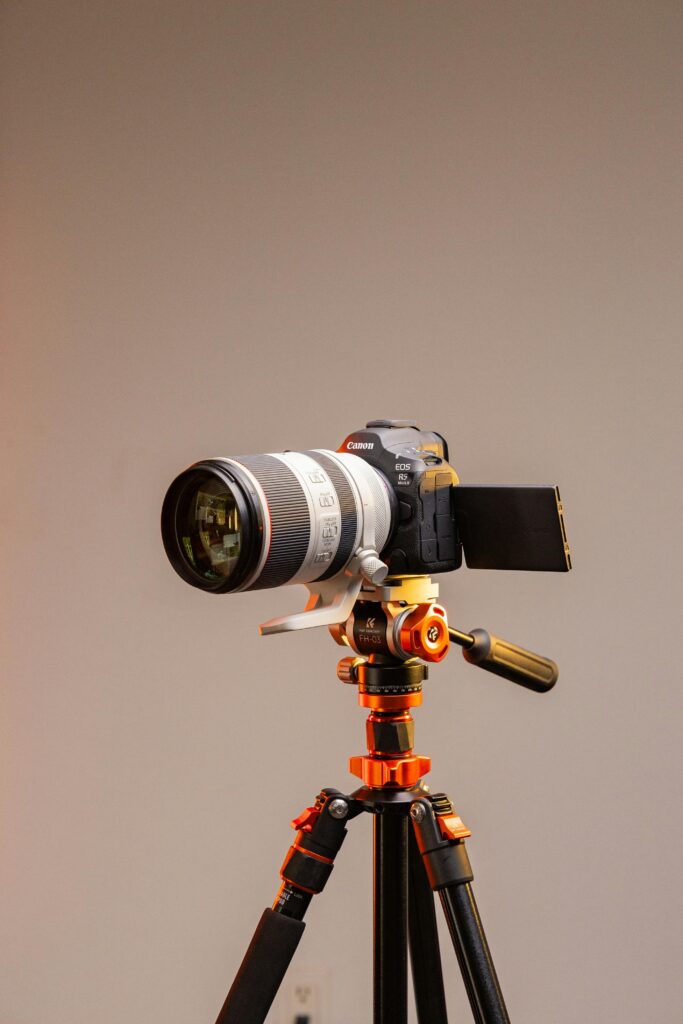
How a Catalogue Photoshoot Strengthens Brand Identity and Trust
Builds Trust & Brand Credibility
Improves Conversion Rates
Creates Visual Consistency Across Platforms
Supports Marketing & Advertising Efforts
How a Catalogue Photoshoot Builds Trust and Brand Credibility
When your product images are high-quality and professionally shot, they instantly create a positive impression of your brand. Customers perceive your brand as serious, reliable, and detail-oriented.
Professional catalogue photoshoot reflects the importance you place not just on your product but also on the overall customer experience. It demonstrates that your brand values presentation, professionalism, and quality, which helps establish long-term trust.
Drive More Sales with High-Impact Catalogue Photoshoot
It’s simple: Better images = Higher customer confidence = More sales
When customers can clearly see and understand your product—its size, color, texture, and usage—they are more likely to make a confident purchase decision. High-quality catalogue images:
Present the product accurately.
Enhance emotional appeal.
Reduce uncertainty and the chances of returns or refunds.
Together, these elements significantly improve your conversion rates, whether you’re selling via an e-commerce store, a social media platform, or a B2B website.
Catalogue Photoshoot for Visual Consistency Across All Platforms
When you use a unified visual style—in terms of tone, lighting, composition, and quality—across your website, social media, print ads, and catalogue photoshoot, it helps build a strong, recognizable brand identity.
Visual consistency means
Every photo follows a cohesive brand mood.
Colors, backgrounds, and styling remain uniform.
This consistency makes your brand memorable and trustworthy, which strengthens your presence in the market.
🔹Once your catalogue photoshoot is well planned and executed, it becomes easier to replicate the same style across various platforms.
Elevate Your Marketing Strategy with a Catalogue Photoshoot
Professional catalogue photoshoot provides you with a bank of ready-to-use visual content that can be repurposed across various campaigns, including
Social media advertisements
Google or Facebook promotions
Print materials like flyers, banners, and posters.
Email marketing campaigns
Digital lookbooks and product brochures
The biggest advantage is that you don’t need to organize a new shoot for every marketing campaign. A single high-quality shoot can give you multiple usable images from different angles and styles.
🔹 A well-executed catalogue photoshoot not only reduces marketing costs but also increases your ROI (return on investment) by delivering consistent and impactful content.
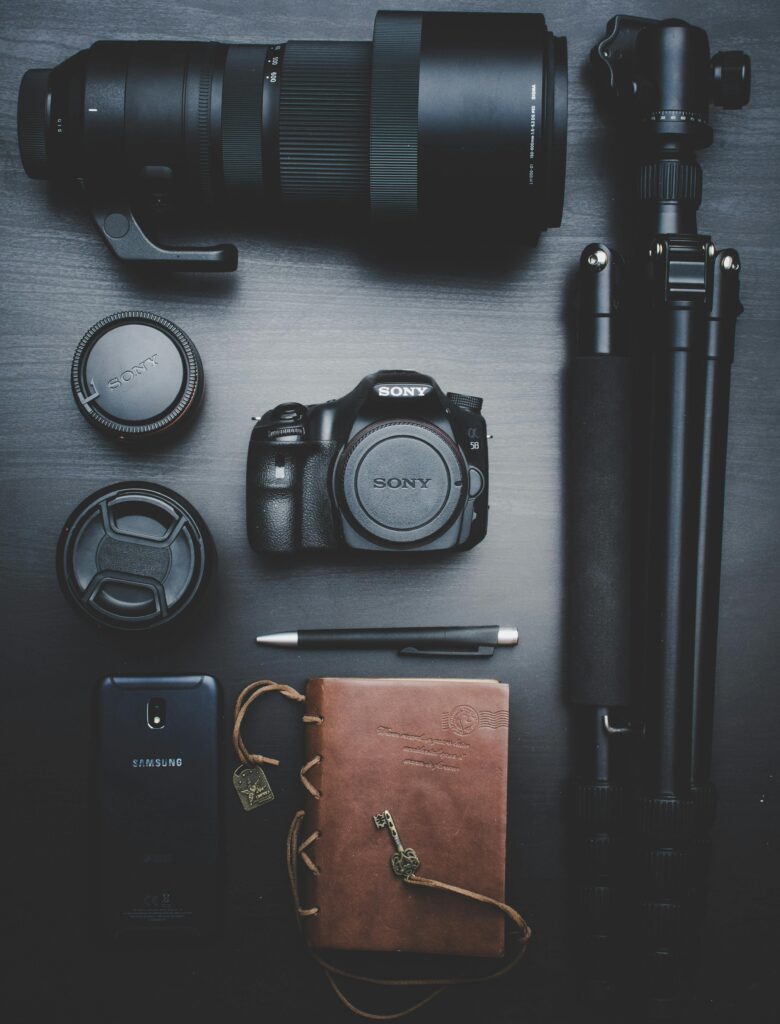
Catalogue Photoshoot Planning: Everything You Need to Get Started
Planning a catalogue photoshoot is a creative process that directly impacts your brand image and product visibility. Every small detail plays a vital role—whether it’s selecting the right model, finalizing the location, or incorporating the right props during the shoot. A well-planned catalogue shoot ensures that every visual element aligns with your brand identity and marketing goals.
Define Product Goals and Inventory Before Your Catalogue Photoshoot
Is the shoot intended for a print catalogue or digital platforms such as your website, e-commerce sites, or social media?
Online platforms typically require more images, often in specific formats and resolutions.
You should also determine:
How many products will be photographed?
How many variants does each product have (colors, sizes, angles)?
To stay organized, create a detailed spreadsheet (Excel or Google Sheets) with columns for product name, type, variants, and shoot priority.
Catalogue Photoshoot: Choosing Between Model and Flat Lay Styles
Choosing the appropriate shoot style is essential because not every product requires a model. In fact, flat lay shoots can sometimes be more impactful than model-based ones.
Model Shoot: Ideal for fashion, apparel, and lifestyle products. Human models add relatability and emotion to the brand.
Mannequin Shoot: A cost-effective alternative when hiring human models isn’t feasible. It still provides a clear product representation.
Flat Lay or Tabletop Shoot: Best for small items like accessories, cosmetics, and gadgets. It creates a clean, aesthetic, and artistic presentation.
Prop-Based Shoot: If a product looks plain on its own, using relevant props can enhance its visual appeal and story.
Catalogue Photoshoot Success Starts with the Right Professional Photographer
Hiring a professional catalog photographer is critical as they help visually communicate your brand message with clarity and consistency.
Review portfolios: Check if the photographer has prior experience with similar product categories.
Specialization: Catalogue photography requires specific skills—don’t assume that a wedding or portrait photographer can deliver the same results.
Check Reviews and Feedback: Always verify client testimonials or seek recommendations from trusted contacts.
Clarify Budget: Ensure the pricing is transparent—whether it’s per product, per hour, or per day.
You can also consider a short trial shoot to evaluate compatibility before making a final decision.
Catalogue Photoshoot Success: Pick the Right Background and Location
The location and background significantly influence the mood and professionalism of your shoot.
Studio: Ideal for controlled lighting and clean backdrops. Perfect for e-commerce and minimalistic aesthetics.
Outdoor Location: Natural lighting and lifestyle settings work well for fashion, travel, or outdoor products.
Backdrops & Set Design: Choose backgrounds based on the product mood—white, pastel, textured, urban, rustic, etc.
If you’re shooting outdoors, it’s essential to consider weather conditions and acquire necessary location permissions in advance.
H3: Plan Outfits, Styling & Props (If Applicable)
This step is especially important for fashion, apparel, and lifestyle brands.
Styling: The model’s look should align with your brand’s identity—whether it’s trendy, classic, ethnic, or casual.
Outfit Coordination: If you’re shooting multiple products together, ensure the outfits are well-coordinated in terms of color and theme.
Props: Items like sofas, chairs, décor pieces, or accessories help build a story around the product.
Boost Catalogue Photoshoot Efficiency with a Shot List and Mood Board
Being organized on the shoot day saves time and ensures consistent results.
Shot List: Predefine angles, poses, styling, and backgrounds for each product. This keeps the shoot on track and prevents missed shots.
Mood board: Compile visual references for lighting, tones, and aesthetic feel to guide the creative team.
Creative Direction: Ensure that everyone involved—photographer, stylist, models—is aligned with the same vision and concept.
Conclusion
Executing a catalogue photoshoot without proper planning can lead to a wasted budget and subpar results. However, by following the steps outlined above, your shoot will be more professional, aligned with your brand, and capable of delivering results that drive engagement and sales.
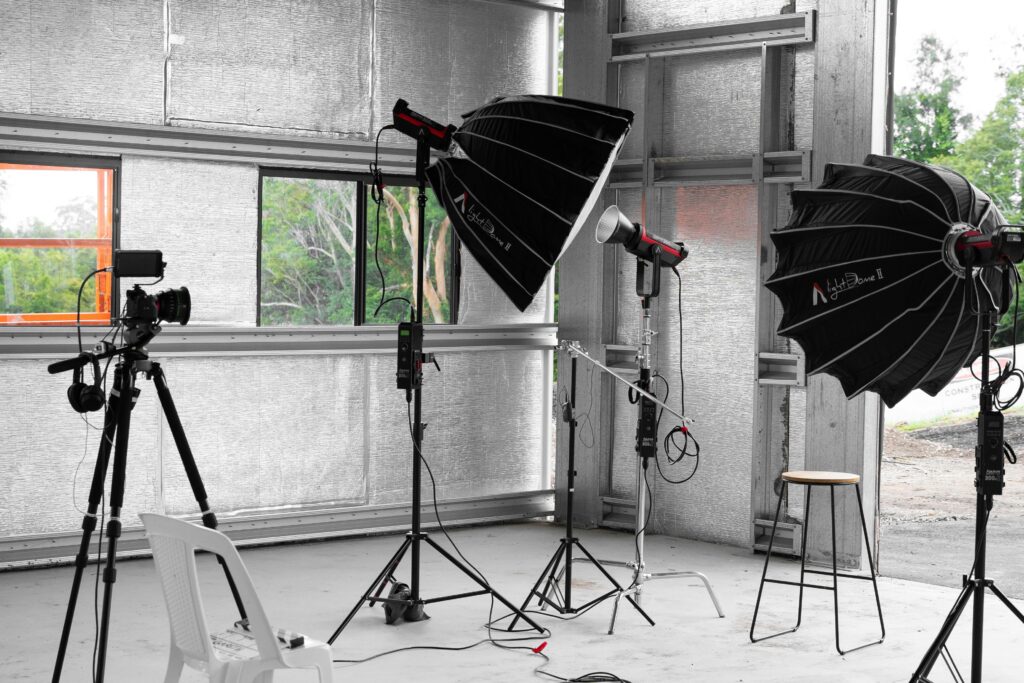
Technical Setup for a Flawless Catalogue Photoshoot: Gear You Need
A successful catalogue photoshoot depends heavily on using the right equipment and mastering technical elements. Investing in the right tools ensures sharp, consistent, and visually appealing results that meet professional standards.
Camera and Lenses
The quality of your camera and lens combination directly impacts image sharpness, color fidelity, and overall detail.
DSLR or Mirrorless Cameras from brands like Canon, Nikon, or Sony are preferred due to their high-resolution sensors.
Prime lenses (such as 50mm or 85mm) offer superior sharpness and lower distortion, ideal for fashion or portrait catalogue photoshoot.
Zoom lenses like 24–70mm are versatile and suitable for various product sizes and compositions.
Features like autofocus accuracy, manual controls, and RAW shooting capabilities are essential for professional output.
Lighting Setup
Lighting plays a critical role in showcasing product texture, color, and dimension.
Softbox lighting offers diffused and even illumination, reducing harsh shadows, perfect for apparel and product flat lay shoots.
Ring lights provide a uniform glow and are great for small product shoots, especially cosmetics or jewelry.
Natural light can work well for lifestyle catalogs or outdoor shoots but can be unpredictable, so time-of-day planning is essential.
Always balance color temperature for consistent white balance across images.
Catalogue Photoshoot Backdrops and Set Design: Crafting the Perfect Scene
The background can elevate the perceived value of your product.
Plain white backgrounds are ideal for e-commerce platforms like Amazon or Flipkart; they keep the focus on the product and look clean and professional.
Themed or contextual backdrops add personality and storytelling, making them ideal for lifestyle or seasonal catalogs.
Use set design elements like props, textures, and platforms to enhance aesthetic appeal without distracting from the product.
Post-Production Perfection: Editing Tools for a Polished Catalogue Photoshootng Tools
Editing is where raw images are polished into high-quality, brand-ready assets.
Adobe Photoshop is widely used for detailed editing, retouching, and background cleanup.
Lightroom is preferred for batch color correction, exposure adjustments, and maintaining visual consistency.
Capture One is known for superior RAW image handling and is a favorite among high-end fashion photographers.
Keep edits realistic and honest—avoid altering the actual product appearance to ensure customer trust.
Common Mistakes to Avoid in a Catalogue Photoshoot
Even the most expensive shoot can fall flat if key elements are overlooked.
Inconsistent Lighting or Angles
Inconsistent lighting setups or irregular shooting angles can make your catalogue appear unprofessional and disjointed.
Every product should be shot under the same lighting conditions and from consistent angles.
Create a lighting and composition template to ensure uniformity across the shoot.
Catalogue Photoshoot Mistakes: The Impact of Poor Product Preparation
Neglecting small details like product wrinkles, dust, or fingerprints can significantly impact the final image.
Ensure all products are cleaned, steamed/ironed, and assembled properly before the shoot.
Always keep cleaning supplies, lint rollers, and gloves on set.
Catalogue Photoshoot Warning: Avoid Overediting and Misleading Imagery
Excessive photo manipulation can break customer trust and lead to high return rates.
Always aim for realistic representation of your products.
Don’t remove key product features or alter colors unless pre-approved for artistic reasons.
Cost of a Catalogue Photoshoot
Understanding what drives the cost of a Catalogue photoshoot helps in planning and justifying the investment.
Catalogue Photoshoot Pricing: Key Factors That Influence the Cost
Several variables influence the pricing structure:
Photographer’s experience and skill level
Studio or outdoor location rental
Camera gear and lighting setup
Model and stylist fees
Set design, props, and assistants
Post-production editing time
Every shoot is unique, so pricing varies based on the scope of work.
Balancing Budget and Benefits in a Catalogue Photoshoot
A professional catalogue photoshoot is not an expense it’s an investment.
High-quality product images increase conversion rates and reduce return rates.
Professional imagery enhances brand credibility, customer trust, and market value.
Long-term use of well-shot visuals across platforms boosts ROI over time.
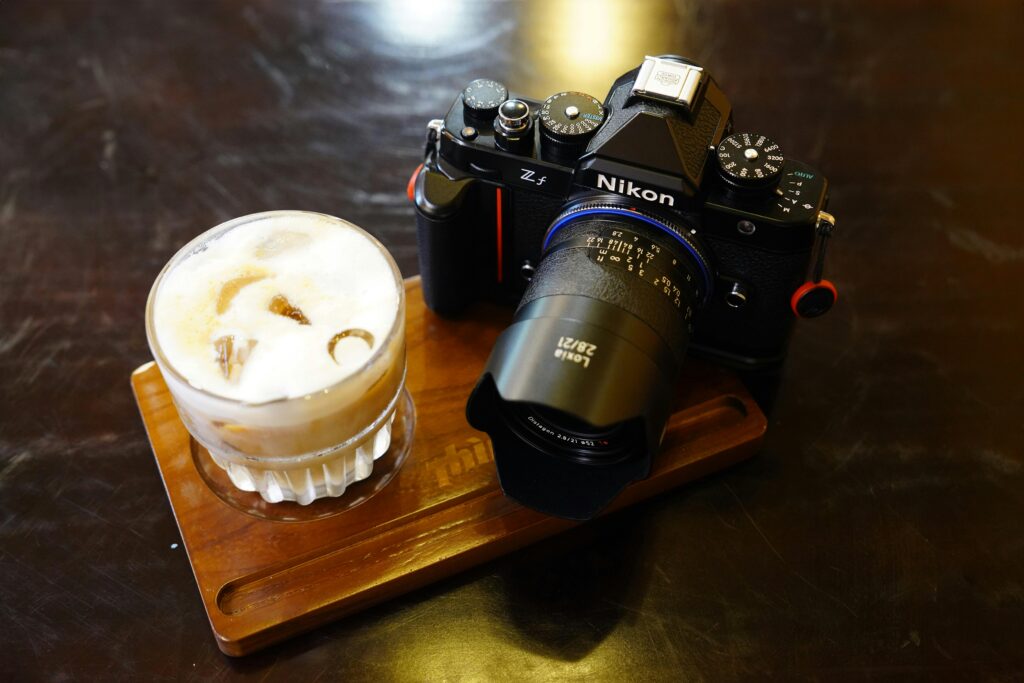
Catalogue Photoshoot Success: Tips for Hiring the Right Photographer
Selecting the right photographer can make or break your campaign. Here’s what to consider:
Why Industry Experience Matters in a Catalogue Photoshoot
Different catalogue niches require different expertise.
Fashion photographers excel in posing, model coordination, and fabric flow.
Product photographers focus on lighting precision and object clarity.
Corporate catalogue photographers understand branding, structure, and professionalism.
Choose someone who understands your niche.
Catalogue Photoshoot Tip: Check Portfolios and Client Feedback First
Look for technical quality (sharpness, lighting, exposure) and creative direction.
Analyze their consistency, attention to detail, and variety of work.
Read reviews or request client references to gauge reliability.
Communication & Understanding of Your Brand
A great photographer is also a great listener.
They should understand your brand tone, product personality, and marketing goals.
Clear communication leads to better collaboration and fewer revisions.
Share mood boards, references, and expectations well in advance.
Final Thoughts
A well-executed catalogue photoshoot does more than just showcase your products—it enhances your brand story, builds trust, and drives sales. Every detail, from planning and execution to editing and presentation, plays a key role in influencing customer decisions.
Ready to Book a Catalogue Photoshoot? Let’s talk.
We help brands create stunning, high-conversion catalogue imagery tailored to their industry and audience.
📞 Call/WhatsApp: +91-9717316109
Or fill out the Contact Form Below, and our team will get back to you within 24 hours.
